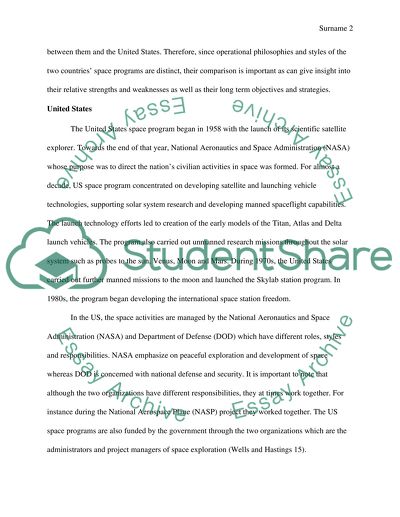Cite this document
(“U.S. Space Program vs. Japan Space Program Essay”, n.d.)
Retrieved from https://studentshare.org/environmental-studies/1420153-us-vs-japan
Retrieved from https://studentshare.org/environmental-studies/1420153-us-vs-japan
(U.S. Space Program Vs. Japan Space Program Essay)
https://studentshare.org/environmental-studies/1420153-us-vs-japan.
https://studentshare.org/environmental-studies/1420153-us-vs-japan.
“U.S. Space Program Vs. Japan Space Program Essay”, n.d. https://studentshare.org/environmental-studies/1420153-us-vs-japan.


